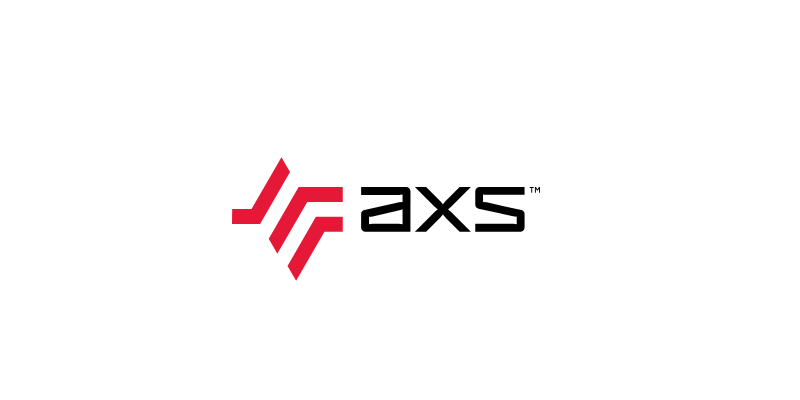By now, you would have woken up to all of your social media channels ablaze with posts about the new ETAP AXS. Below is a concise look into the features of the new ETAP AXS groupset/system. We will provide a review on what we think this new SRAM groupset will mean from an upgrade/riding perspective.
SUMMARY
- 12 Speed groupset
- Wireless but with further connectivity to Smart phone via BLE
- New gearing options from the unconventional chainring sizes + 10t cog cassette
- Quieter operation due to new chain and tooth profiles
- Faster shifts due to faster chips and motors both in shifters and derailleurs
- New chain with new shape that is NOT backwards compatible
- Fluid clutch in rear derailleur which provides dampening to the cages movement as to limit noise and unwanted chain movement. Think a less aggressive system vs MTB clutch derailleurs.
- Quarq power meter is now built into chainrings
- Cassette requires XDR freehub
- Integration with AXS App which enables autoshifting modes (Sequential/Compensating)
- Sequential is what Di2 already does. Compensating mimics how we ride in the real world, i.e. shifting 1-2 cogs at the rear after shifting the front in either direction to minimise the jump
- Force ETAP AXS is coming as well
 CCACHE REVIEW
CCACHE REVIEW
So what does this new groupset mean for riders and consumers in general? Is it worth the upgrade?
First of all, let's address the primary factor in deciding a groupset for most consumers: cost. The ETAP AXS groupset is an expensive groupset. We know this because it is the top tier groupset in SRAM's lineup. However, there are a lot of "hidden" costs that at least - right now - isn't avoidable. The original ETAP system allowed consumers to purchase an upgrade kit (shift levers/rear derailleur/front derailleur) and instantly upgrade their rides to ETAP. This was due to the fact that the system was backwards compatible with pretty much all 11spd hardware. The RED 22 groupset shared similar parts so that users who already had cranksets, cassettes and chains; could easily upgrade. You could also run cross system components such as Shimano and Campagnolo with minimal fuss.
With the new ETAP AXS, this is no longer the case. You will now need a new cassette and a chain specific to ETAP AXS. You will most likely need the new crankset with the new chainrings to work with the new narrower chain. If you run non round chainrings, you may be out of options until Rotor/Absolute black revises their design to be 12spd compatible. If you run a power meter, you will probably have to get the new QUARQ power meter with chainrings attached. Lastly, you will need a new freehub or new rear wheel/wheelset if your current one isn't convertible to XDR standard. If you also ride your bike on a stationary trainer, you will most likely need something new with XDR freehub as well.

If you consider the costs of everything above, it is pretty clear that the outlay of transitioning to ETAP AXS can be far more expensive than the original ETAP.
If you are coming from a cabled system, the advantages of the original ETAP still remain: ease of installation, ease of moving from bike to bike, ease of general setup.
The original ETAP was always slightly slow. It isn't too slow to really hinder the way of riding, but it is definitely slower than Di2 systems. The new ETAP with the faster chips and faster motors should address this pending operational review. This was one of the biggest complaints of ETAP systems. It isn't a deal breaker but having it addressed further reinforces ETAP's strength.
Having a wider range of gear is always welcomed, too. Sure, there will still be someone in your bunch touting the fact that they run a 54 front chainring and 11-25 cassette, but for the majority of consumers, a wider range = more options. You don't have to use the bail out gears, but it is nice when it is there. The 10T cog on the rear cassette allows smaller front chainrings to achieve the same top-end speed as conventional setups, but also allows - arguably - more useable midrange options. The options for rear cassettes are 10-26t/10-28t/10-33t, whilst the front chainring options are 46-33/48-35/50-37. Having a 12 speed setup helps lessen the jump between each gear.

Having tried the sequential shifting on Di2's, we cannot say it is our favourite. At most, it feels a little gimmicky. The new compensating mode on the ETAP AXS however, is a good halfway step in autonomous shifting. Think of it as the auto blip on new manual cars versus say, a full PDK/DCT/DSG drivetrain. We feel like this is a mode that we will end up actually using, depending on how configurable it is and how well it works. (Edited to add: Di2 also has this mode called semi synchro).
Finally, there are a lot of little changes which put together makes a big difference: quieter operation, better longevity and a "clutched" rear derailleur. All of which combined with the advantages above, form a comprehensive re-think of what a groupset can be. Is it worth the cost of the upgrade? We think the new ETAP AXS might be more popular for people who spec their new bikes entirely from the ground up. The way the whole groupset is integrated makes it easier to buy everything from the get-go. This is not to say that SRAM won't eventually make an upgrade kit which allows you to purchase the chainrings separately, allowing you to mount it to your 110/130bcd cranksets. With the release of the FORCE ETAP AXS also pending, we are keen to see if this groupset will be less integrated and allow consumers to utilise their exisiting components.
